The moment you see them, your skin crawls into gooseflesh and your hairs stand on end. You quickly turn away, queasy, never wanting to look back at those holes in someone’s hand.
Some believe that almost all of us have trypophobia, but we don’t come to know until we test it. How can you tell if you are one of those to have this bizarre phobia?
Also called “holes in hand phobia”, it is the instant fear caused by small sunken holes in someone’s palm, sitting tightly next to each other.
The term trypophobia was coined in 2005 by combining the Greek trypa (τρύπα) meaning punching, drilling, or boring holes, and ‘‘phobia,’’ meaning fear.
By the way, do you know what’s autophobia?
Table of Contents
What is Trypophobia: Meaning & Definition
Trypophobia is an irrational fear of small holes occurring in clusters. According to research, trypophobics are afraid of clustered holes rather than individual holes. Seeing or even imagining a pattern of holes-clusters on a human body part, such as a hand, can cause intense disgust.
- Martinez-Aguayo & Lanfranco (2018) describe trypophobia as a fear of images with high-contrast energy at low and midrange spatial frequencies, such as holes and repetitive patterns.
- Imaizumi (2016) refers to trypophobia as disgust for a cluster of objects and suggests that it is an extension of disgust for dangerous objects.
Most trypophobic images, like a beehive or a bubble wrap, possess certain spatial properties (like a pattern of light and dark enhancing the depth of the holes) that can induce perceptually unpleasant states.
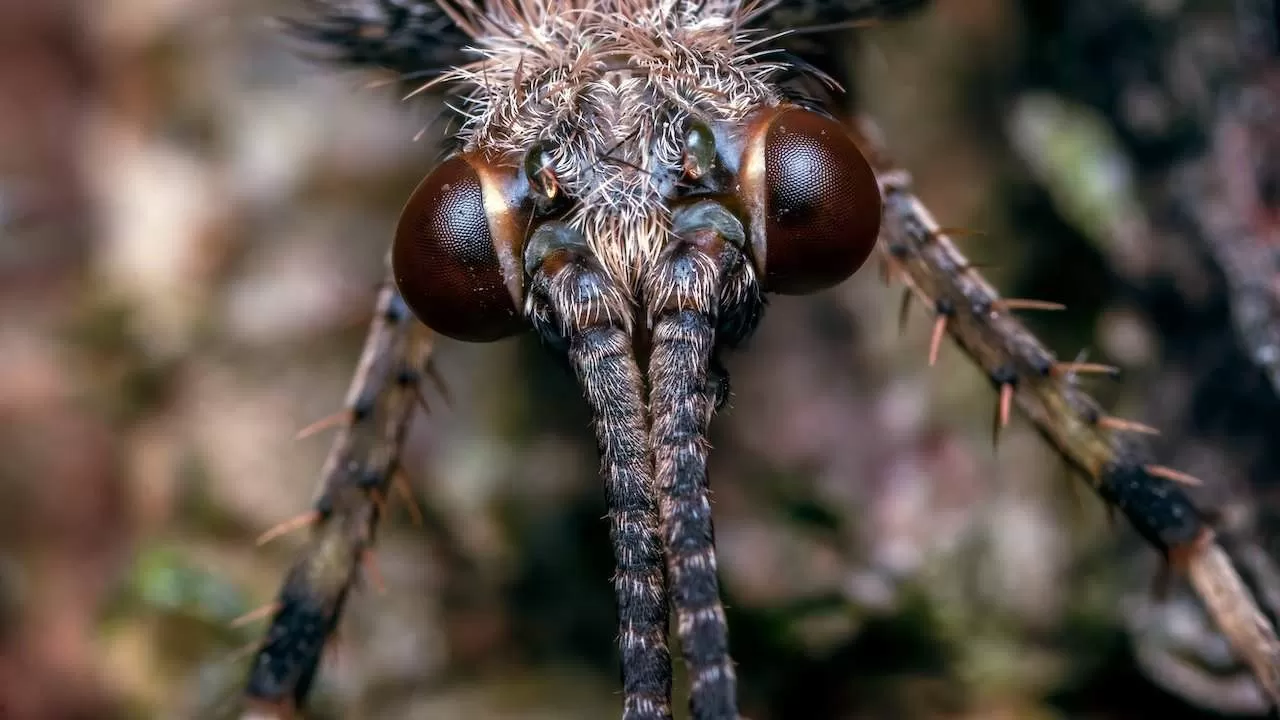
Vlok-Barnard & Stein (2017) found that 60.5% reported mostly disgust, 11.8% reported only disgust, 5.1% reported mostly fear, 1% experienced only fear, and 21% experienced the same amount of fear and disgust.
- Trypophobia is primarily a sympathetic nervous system response, which triggers our fight-or-flight response. Most trypophobic people show disgust as their main symptom.
- Seeing trypophobic images, some people reported they shuddered, felt their skin crawl, sweated, palpitated, or felt nauseated or panicky.
- Others reported goosebumps, itchiness, body tremors, feeling uneasy, eyestrain, and even visual distortions or illusions.
How To Find Out If You Have Trypophobia or Holes In Hand Phobia
You only need to look at a picture of holes sitting together to find out if you have trypophobia.
To harmlessly test for trypophobia, you may just need to see an image of clustered holes.
The phobia can get triggered immediately and intensely by pictures of clustered, punched-out holes on human skin, which people can easily create by make-up trickery.
The “fear response” (phobic reaction) in a trypophobic can also be provoked by images of honeycombs or beehives, coral, sea sponges, lotus seed pods, strawberries, lava stones, pomegranates, bubble wraps, cluster-eyes seen in close-ups of housefly-heads.
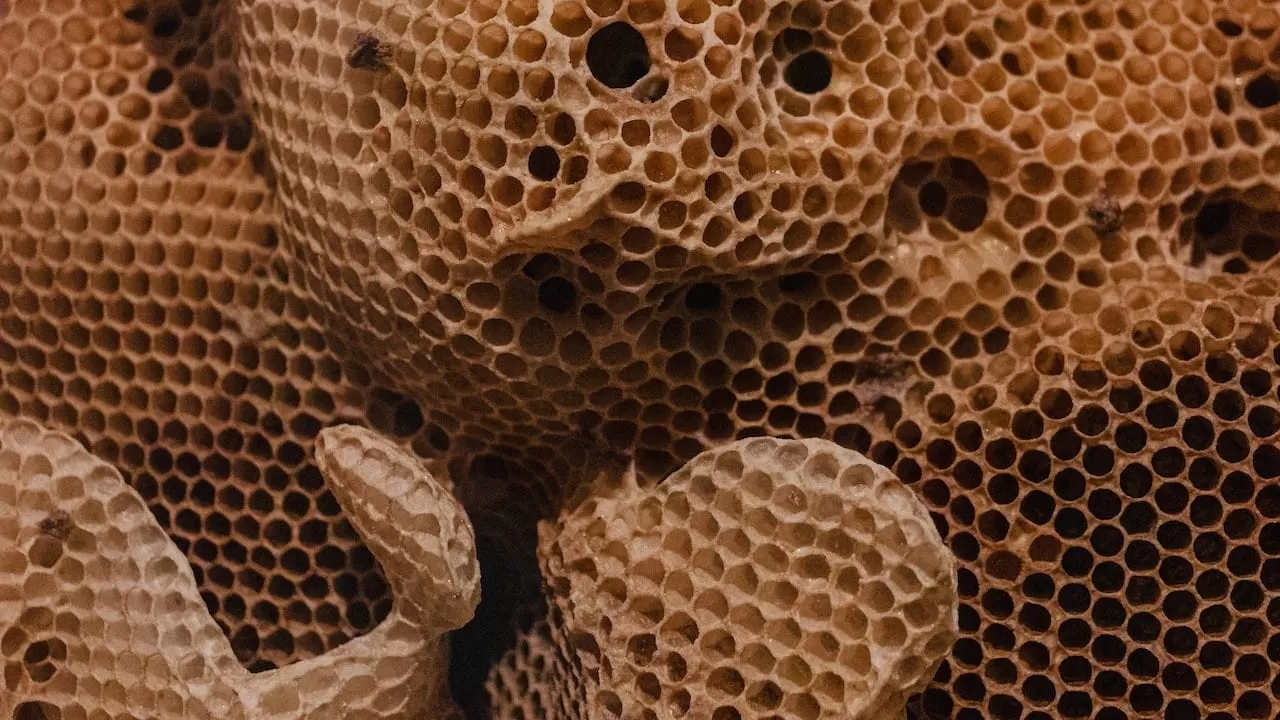
Symptoms of Trypophobia
Trypophobia manifests as either fear or disgust, or both. People with trypophobia have a repulsion for clusters of holes, even if they realize they are harmless.
The severity of the symptoms of trypophobia can vary from person to person from mild to severe symptoms that can significantly impact their daily life.
The symptoms of trypophobia can vary from person to person, but they typically include:
- Disgust: Disgust is frequently the dominant emotion in trypophobia. People with trypophobia often have an intense feeling of disgust when they see clusters of holes or bumps. The unpleasant reaction is triggered by the emotion of disgust for a possible skin disease that must be avoided.
- Anxiety: Seeing these patterns can also trigger feelings of anxiety, fear, terror, or even panic.
- Physical symptoms: Some people with trypophobia may experience physical symptoms, such as itching, goosebumps, or a feeling like their skin is crawling, nausea, shaking or trembling, shortness of breath, fast heartbeat, sweating, choking or dry mouth, or pale skin, when they see clusters of holes or bumps.
- Avoidance: People with trypophobia may avoid objects or situations that they know will trigger their symptoms.
What Causes Trypophobia?
Kupfer & Le (2017) say trypophobia is “an overgeneralised disease avoidance response.”
Martínez-Aguayo & Lanfranco (2018) propose that “trypophobia may be caused by both evolutionary factors and operant conditioning, where the natural reaction acquired through evolution is disgust towards trypophobic images.”
So, trypophobia has an evolutionary basis.
This is understandable because clusters of holes can resemble the markings of animals that are poisonous, or may be a sign of humans carrying skin diseases.
In the times of our jungle-living ancestors, this phobia led them to avoid these animals and humans. Their fear of these patterns was genetically transferred to us as signs of danger.
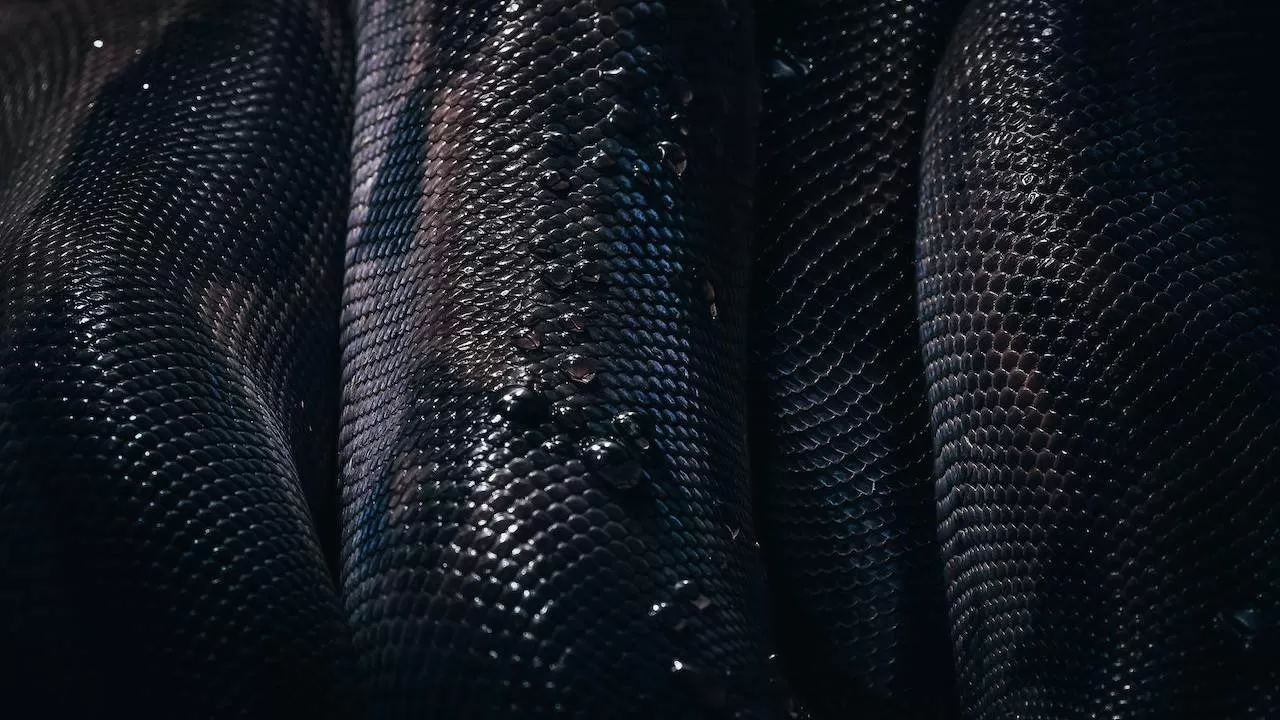
Here are some of the theories about what causes trypophobia:
- Evolutionary theory: This theory suggests that trypophobia is an evolutionary adaptation that helps us avoid dangerous or harmful objects. Trypophobia is a learned fear from our evolutionary instincts to run off on seeing a pattern of holes, bumps, or spots on the skin of a poisonous or disease-carrying animal, like snakes (Cole & Wilkins, 2013). Researchers Kupfer and Le (2017) suggest that the phobia is caused by hole clusters that look similar to ectoparasites and skin-transmitted pathogens.
- Disgust theory: This theory suggests that trypophobia is caused by the emotion of disgust. Clusters of holes or bumps can be seen as being dirty or contaminated, which can trigger the disgust response. This response can lead to feelings of anxiety, fear, or even nausea. Yamada and Sasaki (2017) suggested that there might be a link between aversion to irregular clusters of pustules or roughly circular shapes on human skin and trypophobia.
- Learning theory: This theory suggests that trypophobia can be learned through experience. For example, if you had a negative experience with a cluster of holes or bumps as a child, you may develop a fear of these patterns. A more recent theory about trypophobia is that it is an involuntary reaction to skin eruptions (dermatosis), though the theory has not yet found wide support.
- Neurological theory: This theory suggests that trypophobia may be caused by a neurological abnormality. For example, people with trypophobia may have a different way of processing visual information than people who do not have the condition. This could lead them to see clusters of holes or bumps as being more threatening or dangerous than they actually are. Trypophobia may also be triggered by viewing certain geometric patterns (Wikins et al., 1984). The discomfort triggered by clusters of concave objects is not significantly more than that by clusters of convex objects (Le et al., 2015).
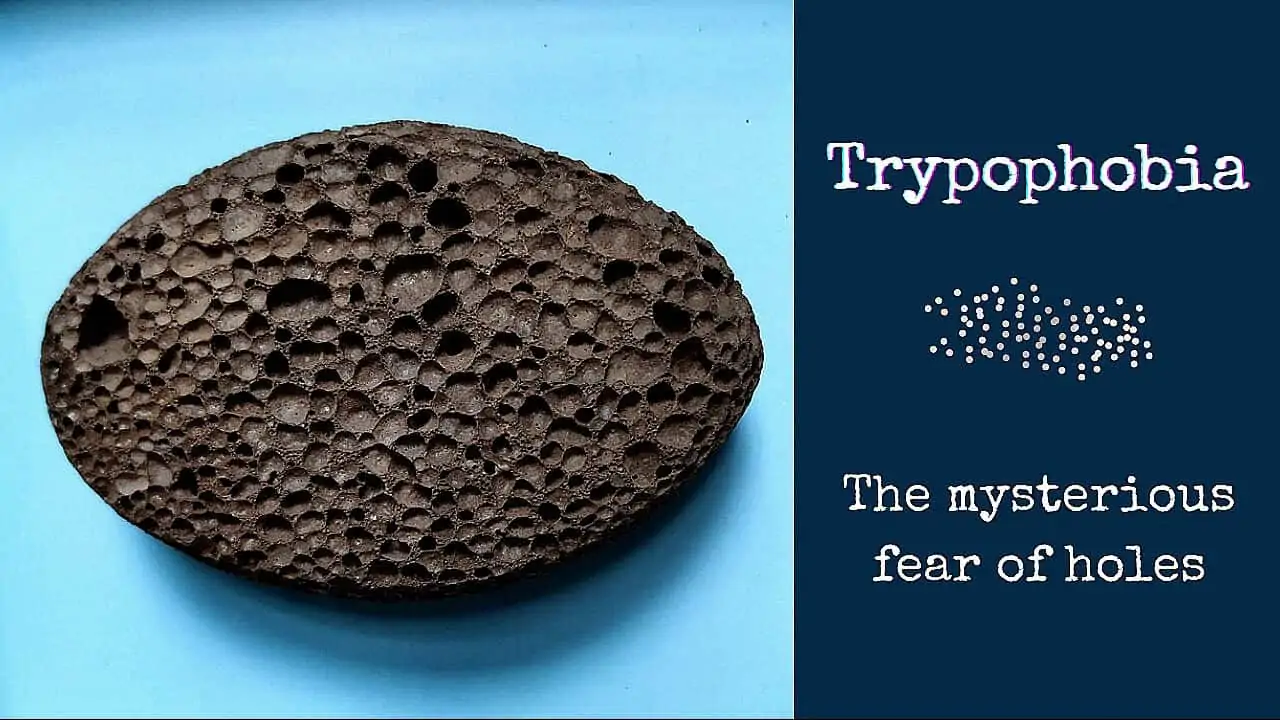
If you think you may have trypophobia, talk to a doctor or mental health professional. They can help you determine if you have the condition and can provide treatment options if necessary.
Is Trypophobia Common In Some Personalities?
Here are some research findings that link trypophobia to social anxiety, generalized anxiety, high empathy, OCD, and a history of skin diseases:
- Le, Cole & Wilkins (2015) created a 17-item scale to evaluate trypophobic symptoms called the Trypophobia Questionnaire (TQ). They also showed that TQ has a weak relationship with anxiety. They found little evidence to suggest that general anxiety could account for trypophobia.
- Imaizumi & colleagues (2016) suggest that trypophobia proneness may be related to empathic traits, like perspective-taking, empathic concern, and personal distress. Patients with this phobia often have generalized anxiety disorder (GAD) and social anxiety (SA).
- Chaya & colleagues (2017) found people with social anxiety were more likely to be uncomfortable with images of clusters of eyes and faces than people without social anxiety. This suggests that there may be a relationship between trypophobia and social anxiety.
- Vlok-Barnard & Stein (2017) found that most of the participants who suffered from trypophobia fulfilled the DSM-5 criteria for a specific phobia, experiencing disgust rather than fear of clusters of holes. However, they did not meet the clinical criterion of distress or impairment. Only a small percentage of them fulfilled the DSM-5 criteria for obsessive-compulsive disorder (OCD).
- Can & Zheng (2017) questioned whether trypophobia is really a phobia, given that previous reports showed people commonly feel disgust rather than fear when seeing trypophobic images.
- Yamada and Sasaki (2017) found that participants with a history of skin problems reported experiencing significantly higher discomfort looking at trypophobic objects than those without skin problems history.
A skin infection that may cause trypophobia is pitted keratolysis (there’s a picture later in this article). It is a bacterial infection of the skin that affects the soles of the feet or the palms of the hands. It causes depressions or pits in the top layer of the skin.
What Is The Treatment of Trypophobia?
Of course, it needs medical treatment if it’s a physical disease of the skin. But if trypophobia to pictures of clustered holes is overwhelming, it may need avoidance or psychological therapy.
While there is no treatment specific to trypophobia, there are established treatments for phobias that can help a trypophobic
Some treatment options that may be helpful include effective methods for eliminating a phobia:
- Cognitive-behavioral therapy (CBT): CBT is a type of therapy that can help people to change the way they think about and react to their fears.
- Flooding – a behavior therapy strategy in which the individual is deliberately exposed to a high-intensity anxiety-producing event or stimulus, either described or genuine, with no attempt to reduce or avoid anxiety or terror throughout the exposure. A person suffering from claustrophobia, for example, may be required to spend extended periods of time in a small room.
- Exposure Therapy or Graded Desensitization: Exposure therapy involves gradually exposing people to their fears in a safe and controlled environment. This can help people to learn to manage their anxiety and fear. It is a technique of behavioral therapy based on classical conditioning. It was created by Wolpe in the 1950s. Using counterconditioning, this therapy tries to progressively replace the terror response of a phobia with a relaxation response to conditional stimuli.
- Medications: Since it is seen by researchers as more of an anxiety condition than a phobia, anti-anxiety medications may help.
- Meditation: Meditation can help people to relax and reduce their anxiety levels.
If you think you may have trypophobia, talk to a doctor or mental health professional.
- Up until now, we didn’t show you the skin-crawling photos of pitted holes in the hand or makeup-created holes in the hand.
- The reason is, if you are trypophobic, as I am, please go through this post first, and only then watch the video grab at the end of this article at your own risk.
Is Trypophobia A Real Phobia?
Research strongly suggests some people actually feel this fear, but trypophobia is not yet an officially recognized phobia in the scientific literature. Most trypophobic people show disgust instead of fear as their main symptom, so it is more of an anxiety disorder than a phobia.
Thousands of people across the world claim to be affected by trypophobia.
For the record, trypophobia is not currently recognized by the Diagnostic and Statistical Manual of Mental Disorders 5 (DSM-5). Trypophobia is also not recognized by the members of the American Psychiatric Association.
However, it is believed that it affects around 20% of the population, causing sufferers to experience goosebumps, apprehension, panic attacks, and nausea. Here are some research findings:
- A 2017 study (Disgusting clusters: trypophobia as an overgeneralized disease avoidance response by Kupfer & Le) suggests this aversion to clusters is “an evolutionarily prepared response” that helps avoid a class of stimuli resembling infectious parasites and insects.
- The study authors found while normal, as well as trypophobic participants, showed aversion towards disease-relevant cluster stimuli, but only the trypophobic group showed aversion towards objectively harmless cluster stimuli that had no relevance to disease.
- Researchers Can, Zhuoran, & Zheng (2017), say it is questionable whether it is justified to legitimize trypophobia. They suggest the discomfort felt toward trypophobic images might be an instinctive response rather than an unconsciously learned association with venomous animals.
FAQs
Is Trypophobia of skin real?
No, trypophobia of the skin is not a real disease. It is actually a fear of clusters of roughly circular shapes that may cause goosebumps on the skin, which, again, are clusters of circular shapes.
Goosebumps, or piloerection, are tiny elevations of the skin and standing up of hairs, usually on the arms and legs. Caused by the contraction of tiny muscles at the base of hair follicles, they are mostly temporary.What is the difference between trypophobia and holes-in-hand phobia?
Trypophobia is a fear or aversion to clusters of holes or bumps, while holes-in-hand phobia is a fear or aversion specifically to holes in the skin of the hands. Both can cause anxiety, disgust, and physical discomfort. Trypophobia is more common than holes-in-hand phobia.
What is the prevalence of trypophobia?
The prevalence of trypophobia is not fully known, but it is estimated that up to 15% of people may have the condition. Trypophobia is more common in women than in men, and it is also more common in people who have other anxiety disorders.
What are some of the long-term effects of trypophobia?
The long-term effects of trypophobia are not fully understood, but some possible effects include:
Avoidance behavior: People with trypophobia may avoid objects or situations that they know will trigger their symptoms. This can lead to social isolation and decreased quality of life.
Anxiety and depression: Trypophobia can cause feelings of anxiety and depression. These feelings can be persistent and can interfere with daily life.
Physical symptoms: Trypophobia can also cause physical symptoms,What is the difference between fear and phobia?
Fear is a natural and adaptive emotion that helps us to stay safe. It is triggered by a perceived threat, and it can lead to a number of physical and emotional changes, such as increased heart rate, sweating, and anxiety. Fear can be helpful in avoiding danger, but it can also be debilitating if it is too intense or if it is triggered by things that are not actually dangerous.
Phobia is a type of anxiety disorder that is characterized by an intense and irrational fear of a specific object or situation. Phobias can be very debilitating, and they can significantly interfere with a person’s life. People with phobias often avoid the feared object or situation at all costs, and they may experience panic attacks if they are exposed to it.
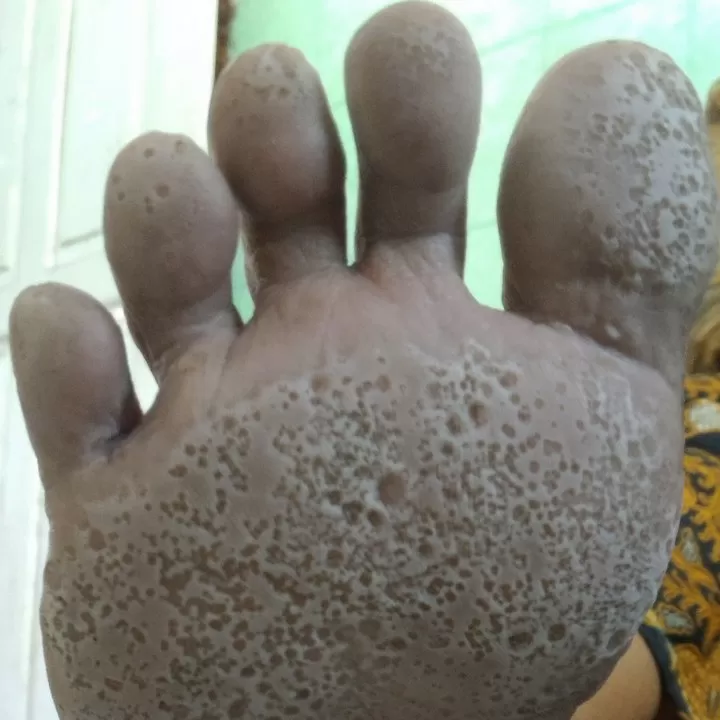
A table that summarizes the key differences between fear and phobia:
| Feature | Fear | Phobia |
|---|---|---|
| Definition | A natural and adaptive emotion that helps us to stay safe | A type of anxiety disorder that is characterized by an intense and irrational fear of a specific object or situation |
| Triggers | Perceived threats | Specific objects or situations |
| Symptoms | Physical and emotional changes, such as increased heart rate, sweating, and anxiety | Panic attacks, avoidance behavior, and distress |
| Treatment | Exposure therapy, cognitive-behavioral therapy, and medication | Exposure therapy, cognitive-behavioral therapy, and medication |
Chronic anxiety can cause restlessness and a tendency to avoid people and situations. This can make it hard for them to say “No” when asked to do something, due to fear of conflict. Find out how to say “No” without feeling guilty, or being rude.
Warning: The next section contains an image that may trigger your trypophobia.
Final Words
Trypophobia may exist without the person knowing it themselves, and only makes its presence as a phobia when exposed to “holey-pattern” images.
Warning: Before scrolling further down, be warned that the embedded YouTube video may cause a sudden skin sensation of itching and crawling, and a feeling of revulsion. Proceed with caution.
⊝
⇩⇩
⇩
• • •
• • •
Author Bio: Written and researched by Sandip Roy — a medical doctor, psychology writer, and happiness researcher, who writes on mental well-being, happiness, positive psychology, and philosophy (especially Stoicism).
√ If you liked it, please spread the word.